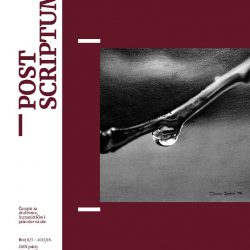Predstavljanje metonimije i polisemije u teoriji konceptualne metafore
Metonymy and polysemy
Author(s): Alma ŽerićSubject(s): Language and Literature Studies, Semantics, Cognitive linguistics
Published by: Pedagoški fakultet Univerziteta u Bihaću
Keywords: cognitive linguistics; metaphor; metonymy; polysemy;
Summary/Abstract: Metonymy and polysemy are traditionally considered to be figures of speech. These representatives of figurative language, the language of poets and writers, have often been attributed the mere function of decorating the written word. What linguists realized, with the emergence of cognitive semantics, is that the role of certain figures of speech in language is more important than previously assumed, and also that they probably have a crucial role in the deciphering of human cognitive processes. This idea is primarily connected to the Conceptual Metaphor Theory, whose origins we can find in George Lakoff and Mark Johnson’s work Metaphors We Live By. And although the basic premise of this theory is primarily based on another stylistic figure, metaphor - not only as a figure of speech, but also as the basis of language and thought (Evans and Green 2006, 286), the aim of this paper is to present metonymy and polysemy within the framework of the Conceptual Metaphor Theory. The theoretical framework is largely based on Vyvyan Evans and Melanie Green’s work Cognitive Linguistics an Introduction.
Journal: Post Scriptum
- Issue Year: 2018
- Issue No: 6-7
- Page Range: 123-141
- Page Count: 19
- Language: Bosnian, English

